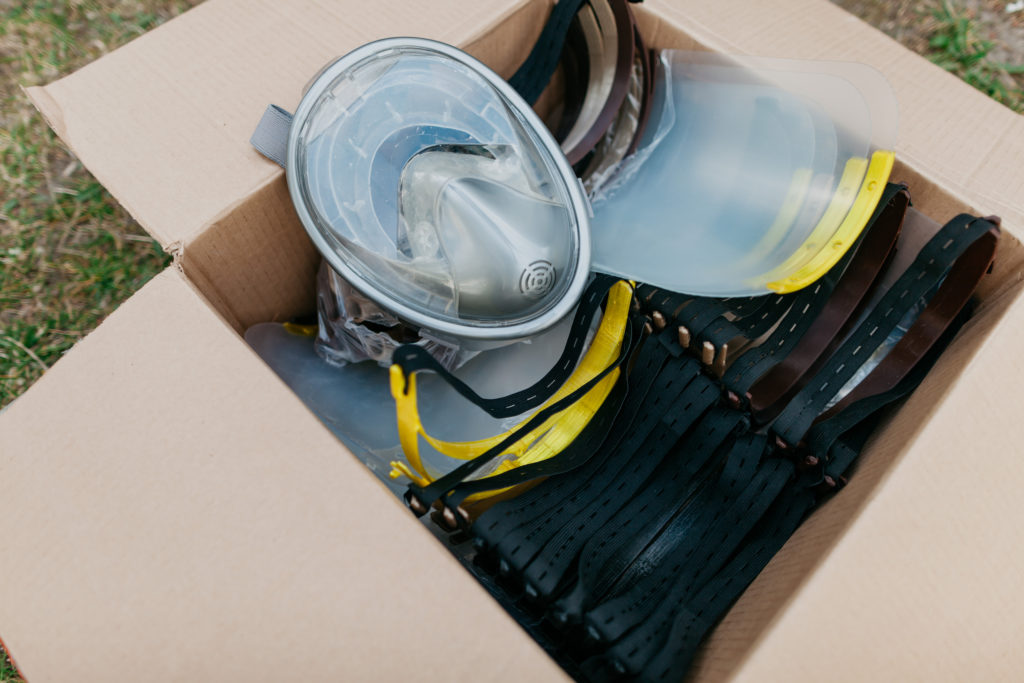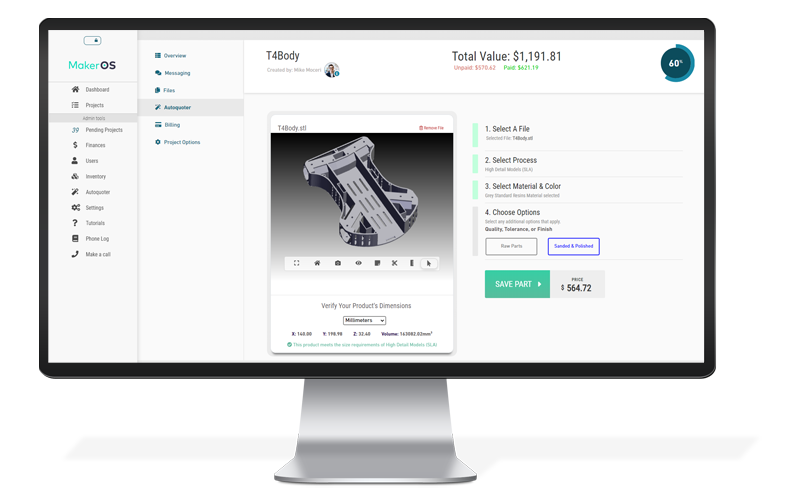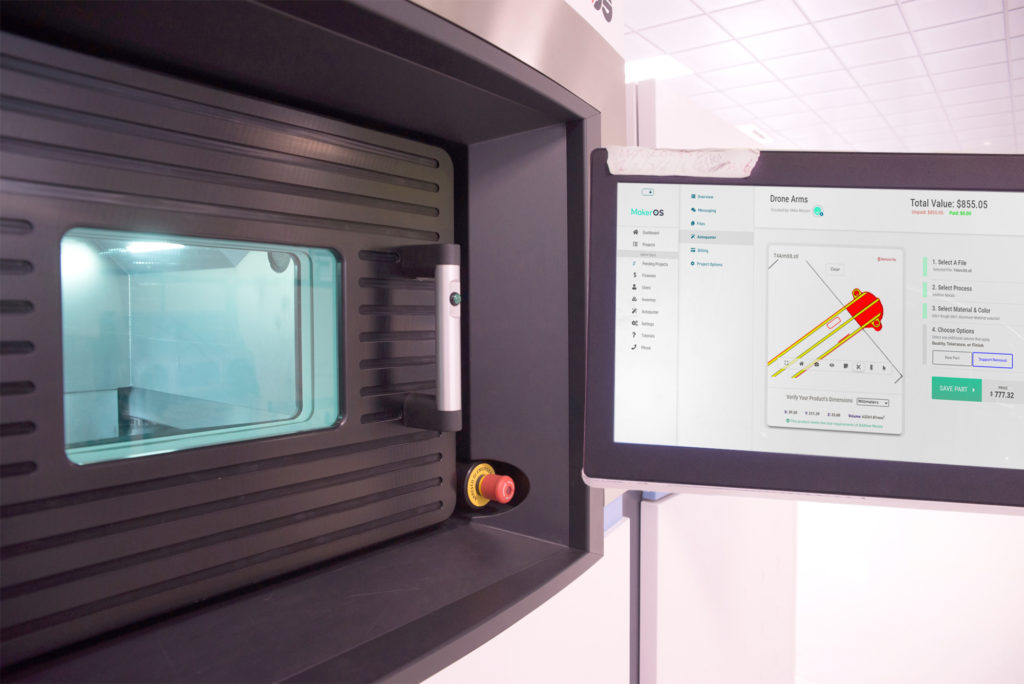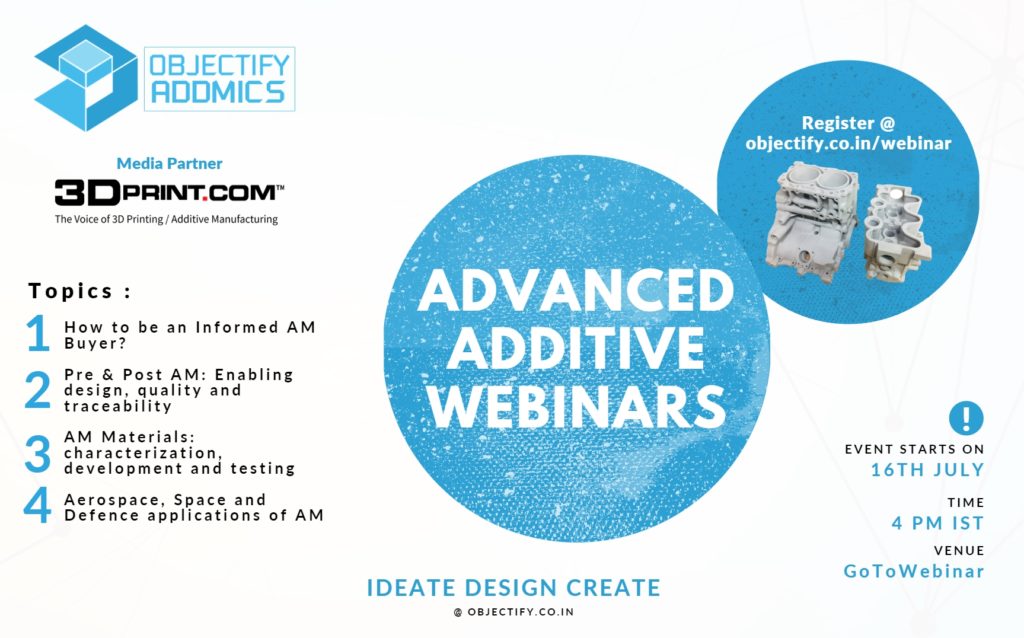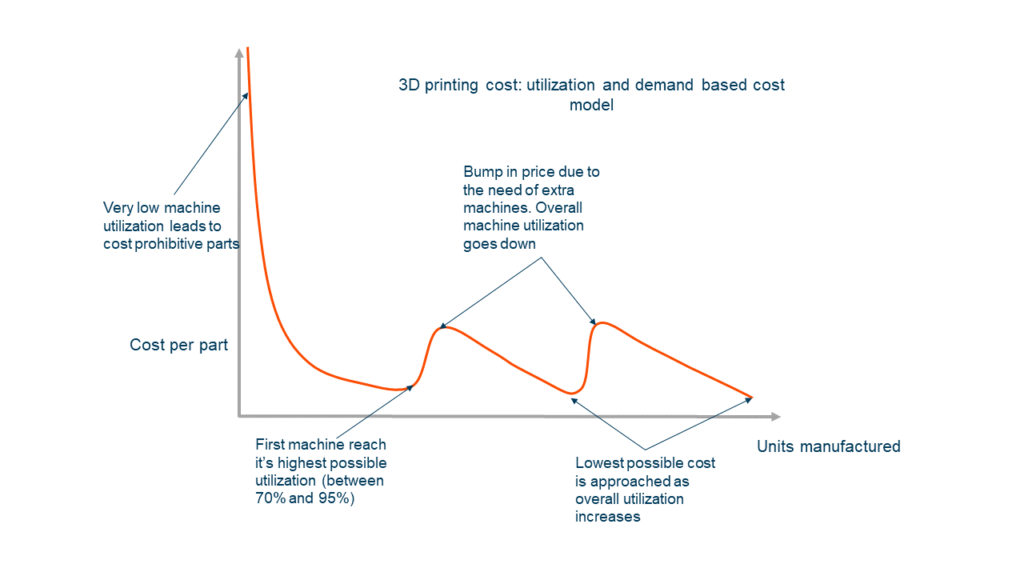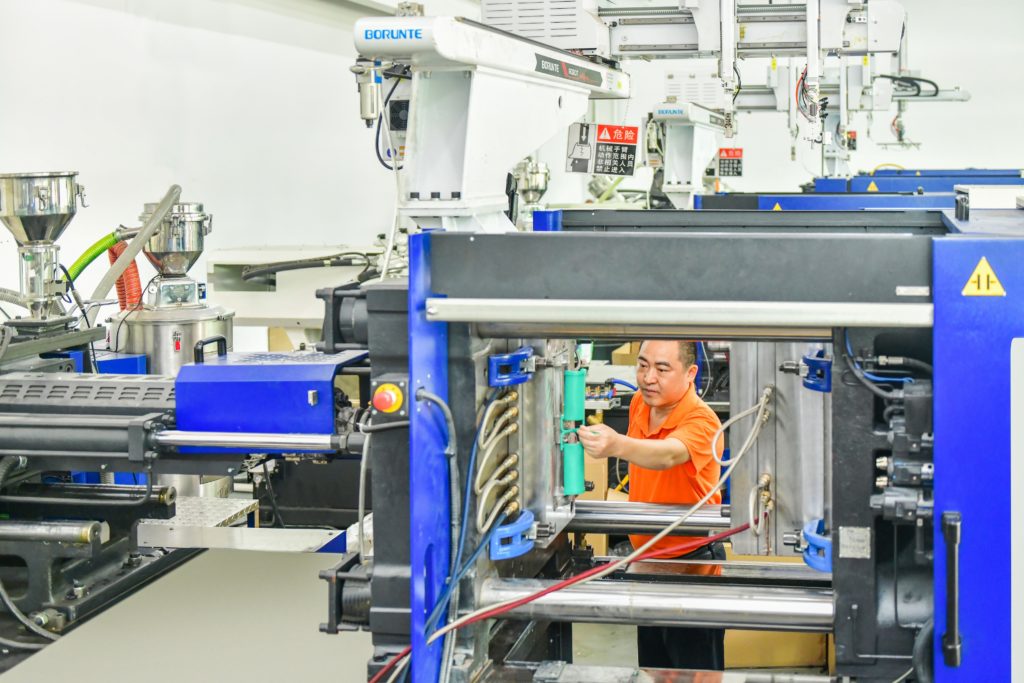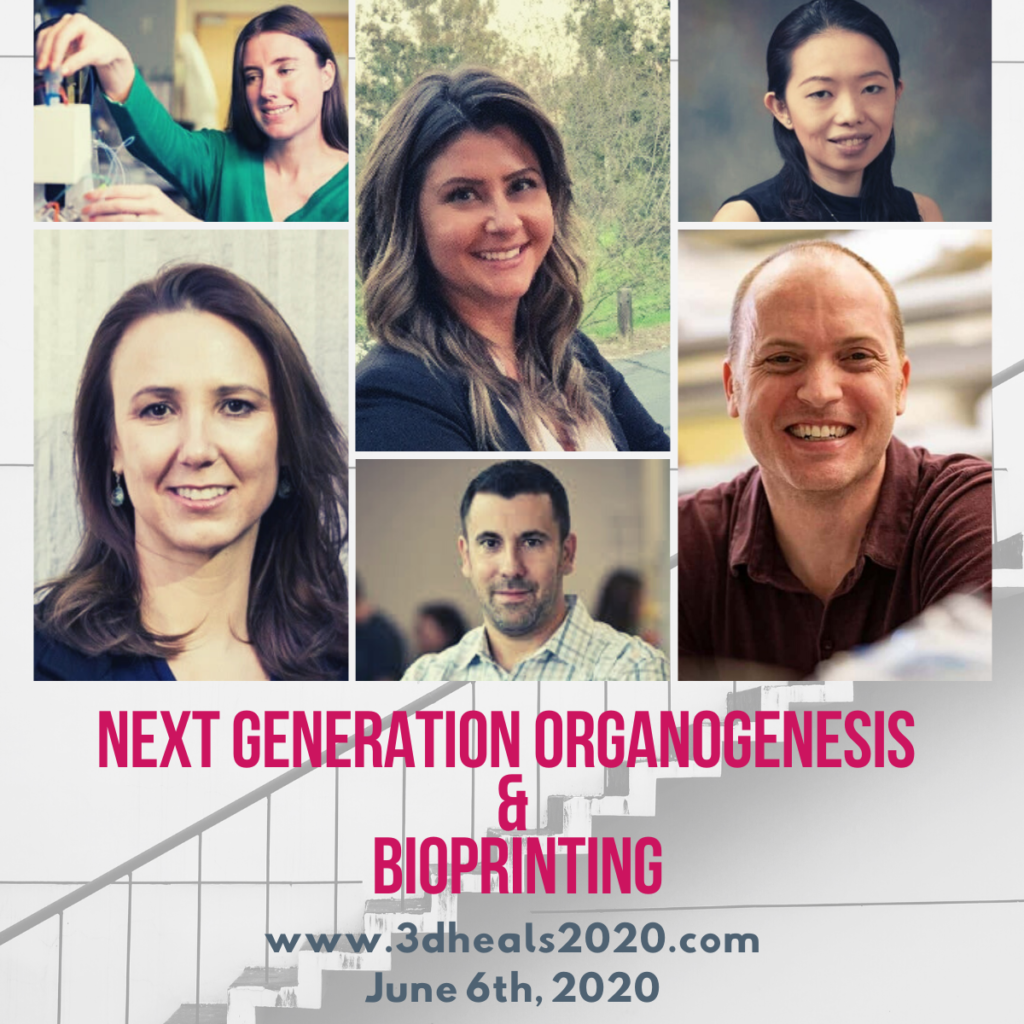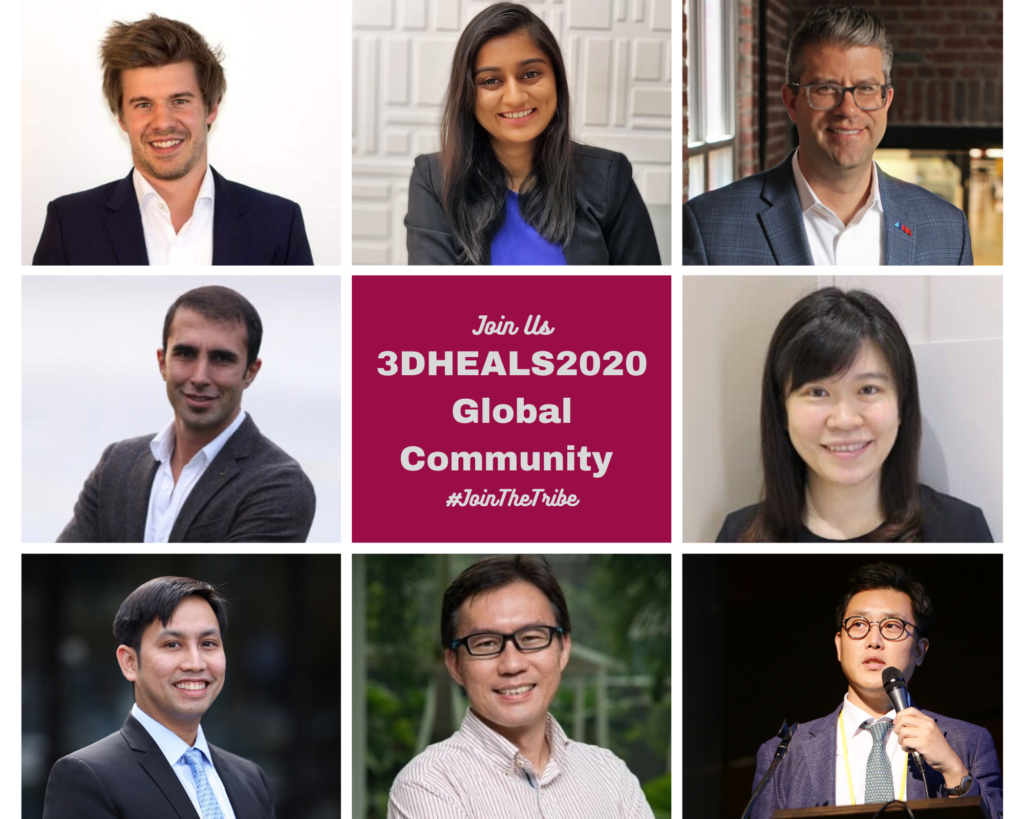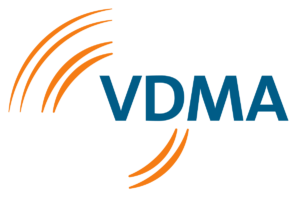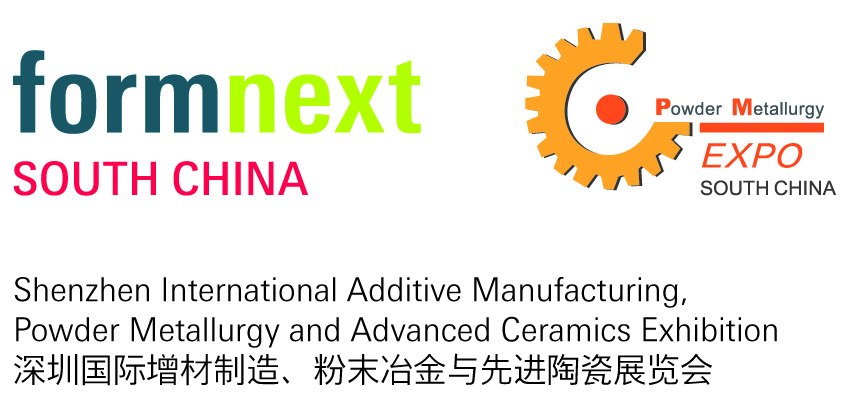At first glance, most 3D printing projects look easy. To most of you, 3D printing is not complicated at all, but to customers, it can be quite complex. I can hear something that Calvin, in that old comic strip, Calvin and Hobbes, might say, “We just need to de-complexify this…”
You look at a customer’s CAD file, and you, as a 3D printer owner and operator, see a relatively easy part to print. It makes sense to you. Prospects ask if you can print with a specific material, but may not realize it will not work for their particular use case. You know this and spend time explaining it which leads to why your quote is different from another provider or details on how your machine works. But at all times, you are striving to make sure the customer does not get overwhelmed with all of the various options.
You need to build a process to “de-complexify” the quoting process in addition to educating prospects about how additive manufacturing works. After providing a quote, an internal process is needed to keep everyone informed and working from the proverbial “same page.” In essence, you need a communication hub, a command center, that lets you, sales, engineering, plus your clients, see your entire workflow at a glance. Instead of a flurry of emails, or a bunch of colorful sticky notes on a whiteboard, maybe migrate to a Kanban-style project board. You have probably seen these new, popular project management platforms, such as Trello, Asana, and how they help you keep projects organized.
Kanban got its start when an industrial engineer at Toyota in the 1940s, Taiichi Ohno, had an idea to keep inventory moving efficiently. This inventory control system, made up of colored cards to track production and shipments, is the visual cue that people need to keep work processes flowing. When you make these sorts of cues or cards available to sales, engineering, and clients, you remove complexity from the 3D printing process.
At the heart of MakerOS is a Kanban-esque approach so that you have a dashboard, just like in a car, that gives you all the mission-critical information you need about the situation at hand. This project dashboard provides a real-time look at everything related to a print job — all the communication, uploaded files, quotes, invoices, and details you want to track about it in one glance. These visual cards can be shifted around as the project changes or moves through your workflow updating the customer and everyone on the team.
As the company owner, a real-time dashboard gives a “just in time” snapshot of revenue, progress across all print jobs, the entire sales pipeline, when new projects are created, and other variables that you decide are mission-critical to helping you improve your business.
Conclusion: If you automate your quote process, in essence, you are “decomplexifying” it and one of the major stumbling blocks for the customer. After winning the job with a simple, but complete quote, providing transparency into the internal workflow and build process will create an open platform that builds trust with a customer. Ultimately, your 3D printing business and processes may grow more complex, but that does not mean your customer has to get confused by it. As you grow, at every step, strive to be like Calvin and keep decomplexifying.
MakerOS removes complexity so that you can remain focused on doing what you do best: running a 3D printing service and getting prints out the door to customers. Visit us today to schedule a demo of how our robust communication hub approach can help you streamline projects from quote to finish. We offer a 30-day free trial to help you see how much more you can get done with a real-time dashboard built around 3D printing.
About the Author:
 Mike Moceri has deep experience in manufacturing, design, and software. In 2013, he co-founded the world’s first 3D printing retail service bureau in Chicago. In 2014 he founded Manulith, a 3D printing and product design agency, where his clientele included Fortune 500 companies within the aerospace, automotive, and medical industries. Mike is also a mentor at Stanley+Techstars Additive Manufacturing Accelerator, a mentor at WeWork Labs in NYC, and formerly a mentor at TechTown Detroit. He’s previously been featured on MSN, Make Magazine, NBC, and the Encyclopedia Britannica. D-Business Magazine called him the “Face of 3D printing.” Mike is currently the founder and CEO of MakerOS, an all-in-one collaboration platform for additive manufacturing services to efficiently work with clients throughout the entire lifecycle of a project.
Mike Moceri has deep experience in manufacturing, design, and software. In 2013, he co-founded the world’s first 3D printing retail service bureau in Chicago. In 2014 he founded Manulith, a 3D printing and product design agency, where his clientele included Fortune 500 companies within the aerospace, automotive, and medical industries. Mike is also a mentor at Stanley+Techstars Additive Manufacturing Accelerator, a mentor at WeWork Labs in NYC, and formerly a mentor at TechTown Detroit. He’s previously been featured on MSN, Make Magazine, NBC, and the Encyclopedia Britannica. D-Business Magazine called him the “Face of 3D printing.” Mike is currently the founder and CEO of MakerOS, an all-in-one collaboration platform for additive manufacturing services to efficiently work with clients throughout the entire lifecycle of a project.
The post How to Manage the Complexity of a 3D Printing Service appeared first on 3DPrint.com | The Voice of 3D Printing / Additive Manufacturing.




